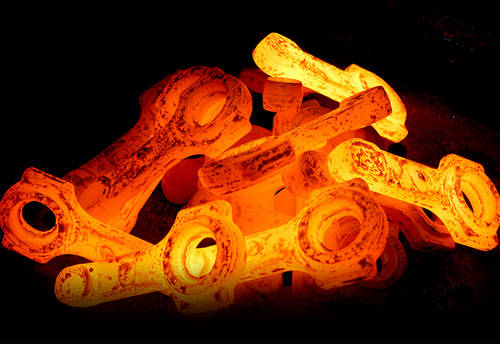
Manufacturing processes are incredibly complex, combining sophisticated methods to produce parts and finished products that many of us may take for granted. Die forging (also known as "closed die forging") is one of many forging techniques, but it has a wide range of applications and advantages.
Choosing the right process requires some understanding of each method and its appropriate uses and advantages. Die forging is often one of the most complex methods used in many industries to produce durable parts with specific properties.
As you may know, forging uses compression forces to shape metal blanks into more complex shapes. In the case of compression die forging, two or more dies are used to shape a metal blank that has been heated to the proper temperature. Depending on the design of the part, forging may require one set of dies, or a multi-stage process that requires multiple sets of dies.
In a multi-stage forging, the part may be broken, blocked, and finished with a die. The first two stages help form the initial structure of the part, while finishing dies fine-tune the geometric details without significantly changing the shape of the item or increasing the material flow.

